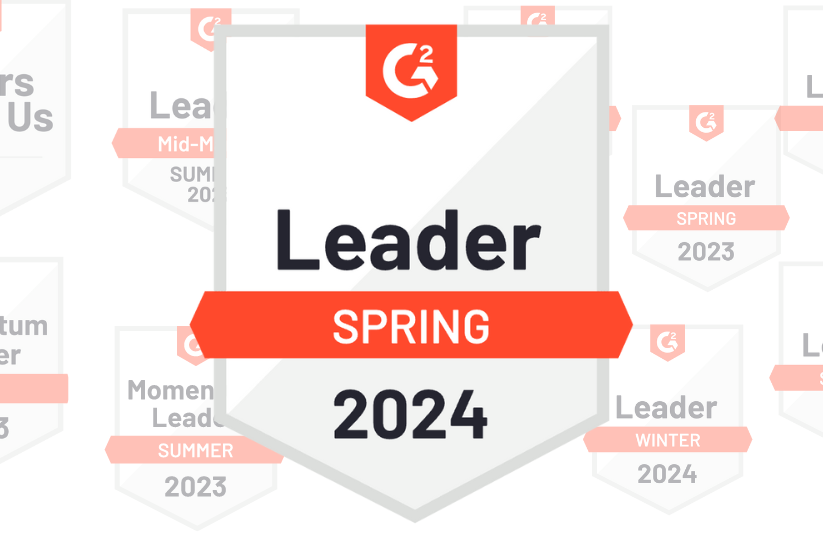It’s been one year since GDPR emerged as the first of several initiatives aimed at data privacy. Here at Zift, data security is a priority. Keeping our customers’ data secure is why we’ve completed the SOC 2 Type II audit with no exceptions for three years running.
Besides ensuring data protection, GDPR and its fellow data privacy acts have made marketers evaluate their practices for lead generation. Most marketers worth their salt (dare we say, like you!) have pared down or even eliminated the more questionable practices of the past. Still, it’s been a year since GDPR enforcement began. So it’s worth a refresh of good practices for lead generation, particularly in email marketing.
This List Ain’t Big Enough for Two Practices
Email used to be the Wild Wild West of marketing — Anything goes, essentially. Emailing people who never signed up for your newsletters? Fair game. Fortunately, for the most part, we’re past that now. Between GDPR and the other laws either being carried out, like the California Consumer Privacy Act, and bills being proposed, like the New York Privacy Act, the future looks a lot more regulated for data protection standards.
And this regulation is happening around us in real-time. Since data protection standards are changing so rapidly, it pays to stay informed of local and international (if you conduct business globally) laws regarding the use of data. To borrow from GDPR’s terminology, personal data — data that concerns an individual, such as their name or email address — is a commodity not meant to be abused. So treat your contact lists with the respect they deserve.
People are willing to part with their personal data for convenience, or in our industry’s case, for a good whitepaper or eBook. So moving in the direction of more regulated controls over data use will not mean fewer contacts — rather, it enables more control on the contact’s part to take their data back when they’ve decided they no longer wish a company to have their info. But that’s not set in stone for many locations yet, including much of the US.
Get Back in the Saddle
The Wild Wild West is over, but it’s left its mark on some marketers who may not have caught up just yet. Get back in the saddle with these best practices for clean contact lists:
- Trim your list for optimal open rates. Every so often, go through your list and prune out the emails driving up your bounce rates. A higher bounce rate is not a good thing. Bounce rates indicate that user is not receiving the email — either the email address is no longer active or their inbox is full. Keeping your contact list current will also give your open rates a boost. No inactive email addresses mean more people are likely to see your email. Save the tumbleweeds for the frontier, not your open rates.
- Smaller contact lists aren’t necessarily a bad thing. This means you can drill down into specific interests and raise your open rates by targeted contact lists by region or vertical. You’ll be quicker on the draw with focused targets and likely see higher win rates.
- Stop when you say you’ll stop. Once contacts have unsubscribed from your list, keep that promise. Let them leave and hunt out new contacts instead. Everyone will be happier for it.
Ready to head home on the range with your optimized contact lists? Hold your horses! We’d love to hear what you’re doing to clean your contact lists and navigate the changing marketing landscape around data use. Drop us a comment (and tell us your favorite old Western flick, too).



